Last Updated on November 18, 2024 by Tanya Janse van Rensburg
As winter approaches and temperatures drop, your furnace's performance becomes crucial to keeping your home warm and comfortable.
However, like any appliance, furnaces don't last forever.
When your furnace starts acting up, you might wonder: Should I repair my existing furnace or invest in a new one?
The decision isn’t always straightforward, as it depends on various factors, such as the age of your furnace, the cost of repairs, and energy efficiency.
This article will guide you through the key signs that indicate whether it’s time for repairs or a complete replacement, helping you make an informed decision that best suits your needs.
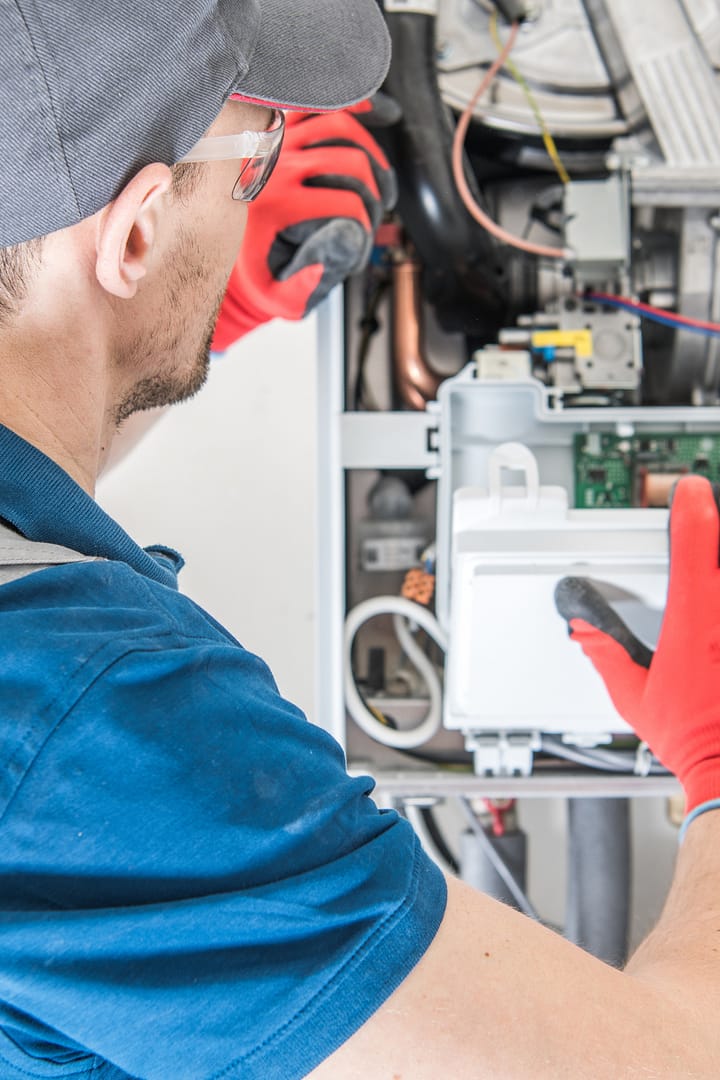
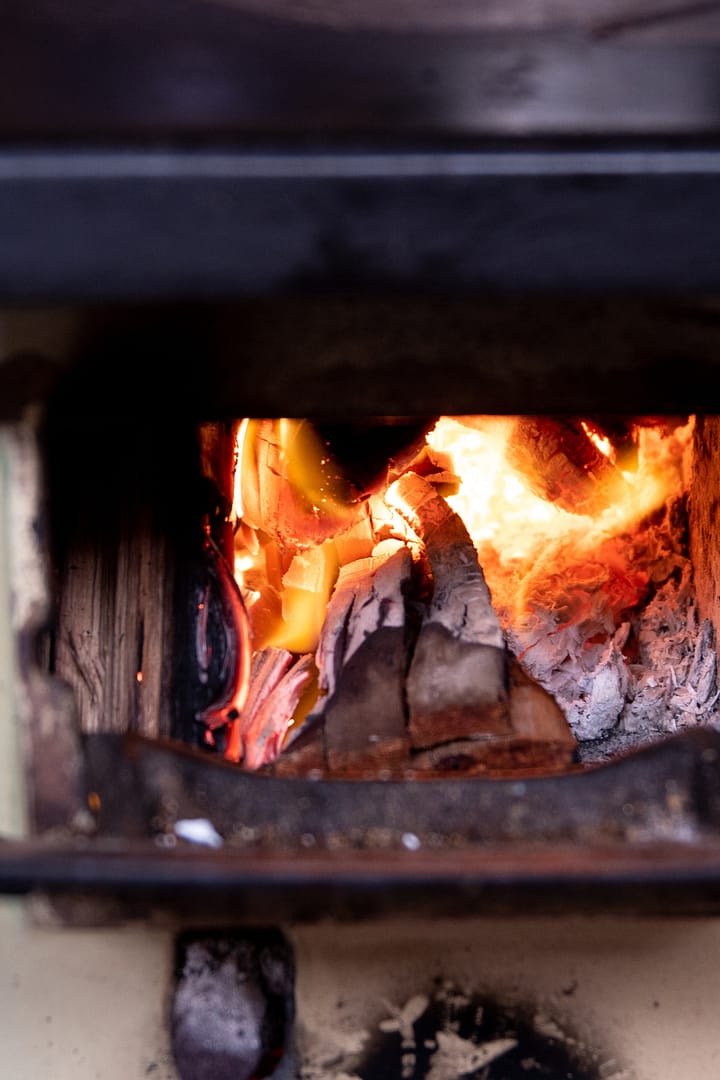
Age is one of the most important factors when deciding whether to repair or replace your furnace.
The average lifespan of a furnace is between 15 to 20 years.
Repairs are often more cost-effective if your furnace is less than 10 years old and experiencing minor issues.
However, if your furnace is nearing the 15-20-year mark and requires frequent repairs, it might be time to consider replacement.
Older furnaces break down more often and run less efficiently, increasing energy bills.
When you have an aging furnace, work with a reliable furnace repair company in Seattle to assess the situation and provide accurate guidance.
A professional opinion can help you determine whether investing in repairs is worth it or whether it is time to upgrade.
If you’ve had to call a repair technician multiple times in a single season, it’s a red flag that your furnace is nearing the end of its lifespan.
Minor, infrequent repairs can be manageable, but when the costs start to add up, replacing the unit may save you more money in the long run.
A good rule of thumb is the “$5,000 rule”: Multiply the age of your furnace by the estimated repair cost.
If the number exceeds $5,000, it’s likely time to replace the furnace instead of continuing with repairs.
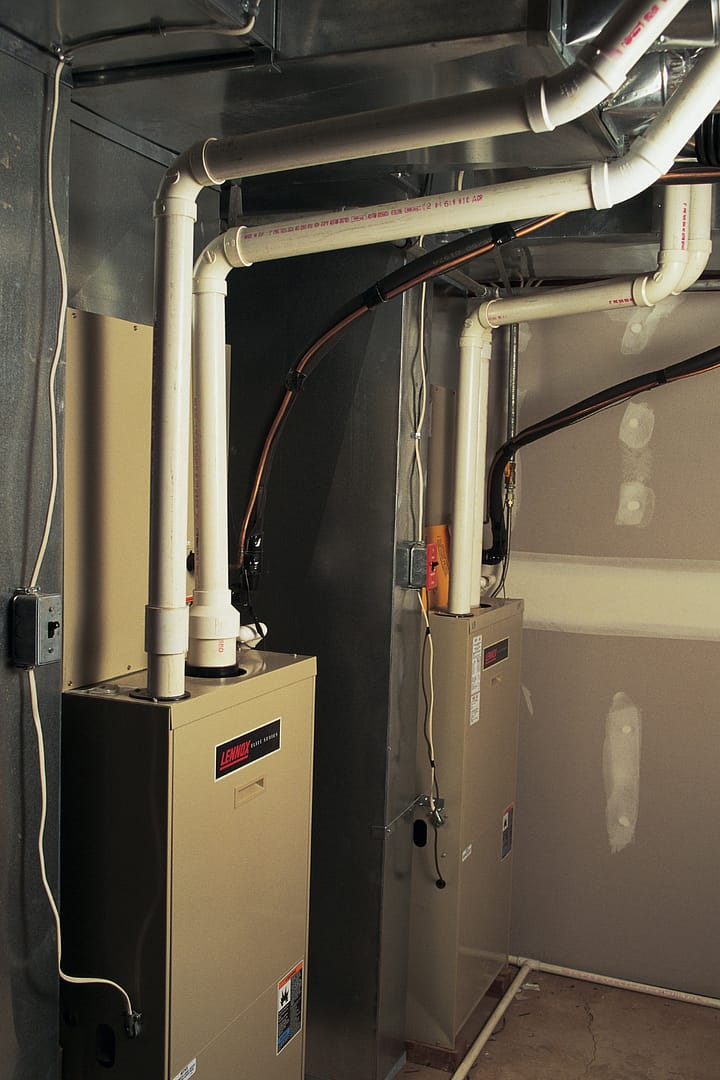

Are your energy bills noticeably higher than they used to be despite your usage staying the same?
This is another sign that your furnace may no longer run as efficiently as it once did.
Older furnaces tend to lose their efficiency over time, which results in higher energy consumption and inflated utility costs.
Upgrading to a new energy-efficient model could result in long-term savings on your heating bills.
A well-functioning furnace should provide consistent and comfortable heat throughout your home.
If you notice uneven temperatures, such as specific rooms being much warmer or colder than others, it could be a sign that your furnace is struggling to distribute heat evenly.
A failing blower motor or other internal problems could cause this issue.
While some of these problems can be fixed with a repair, a replacement might be more practical if your furnace is older and struggling to maintain consistent heating.
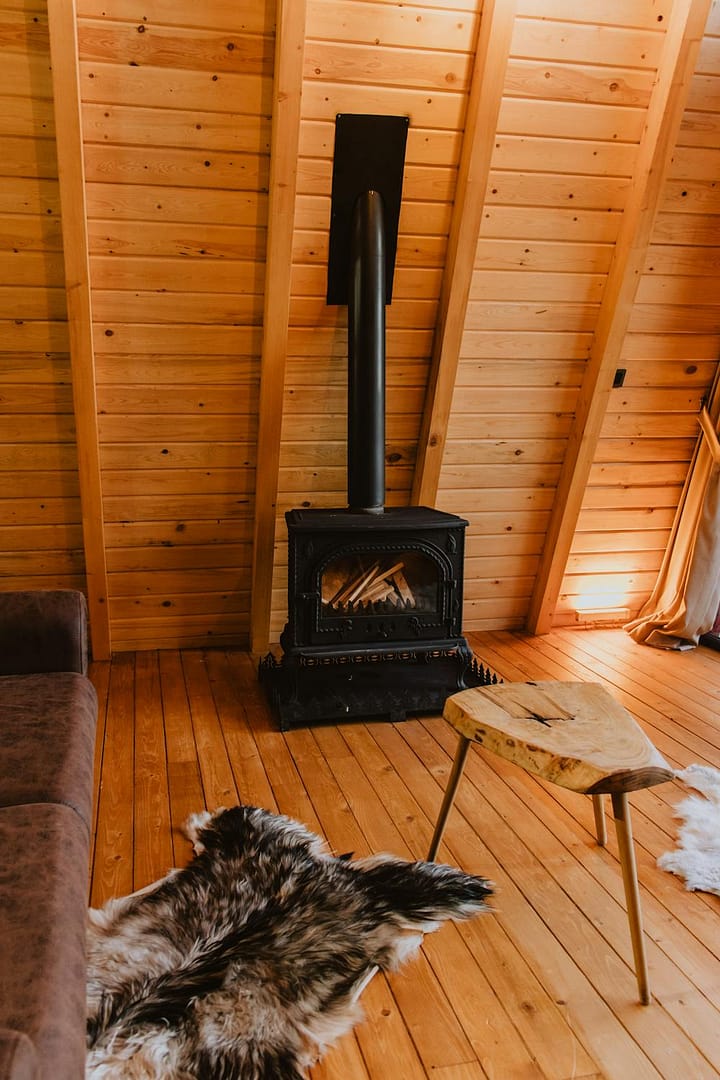
Furnaces can make noise during regular operation, but if you hear loud banging, rattling, or squealing sounds, it’s a sign that something isn’t working as it should.
Similarly, if you notice unusual smells such as burning, it could indicate issues like an overheating motor or damaged components.
These signs should not be ignored, as they can lead to unresolved safety risks.
In some cases, these issues can be repaired, but if your furnace is older and showing multiple signs of failure, replacing it could be safer and more cost-effective.
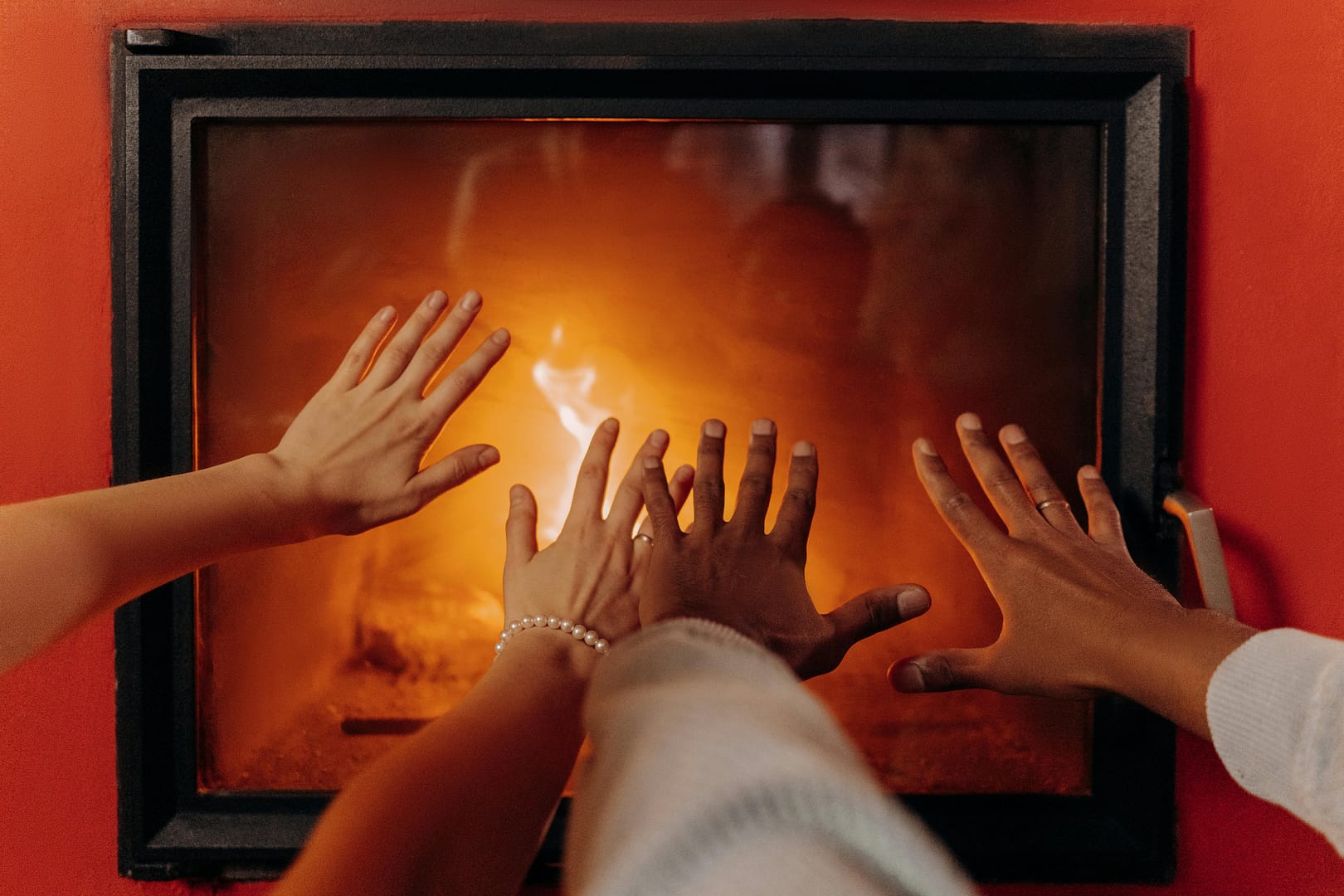
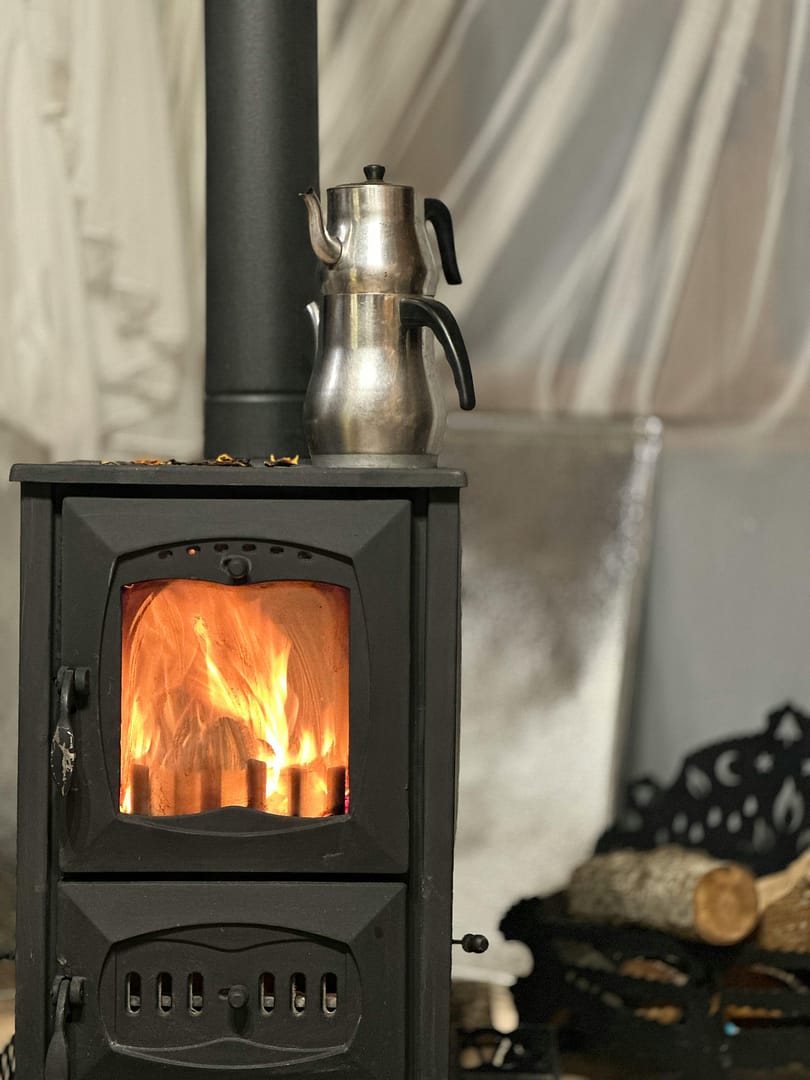
Another factor to consider is the overall cost of repairs versus replacing your furnace.
As mentioned earlier, the “$5,000 rule” can serve as a helpful guideline, but here are a few more things to keep in mind:
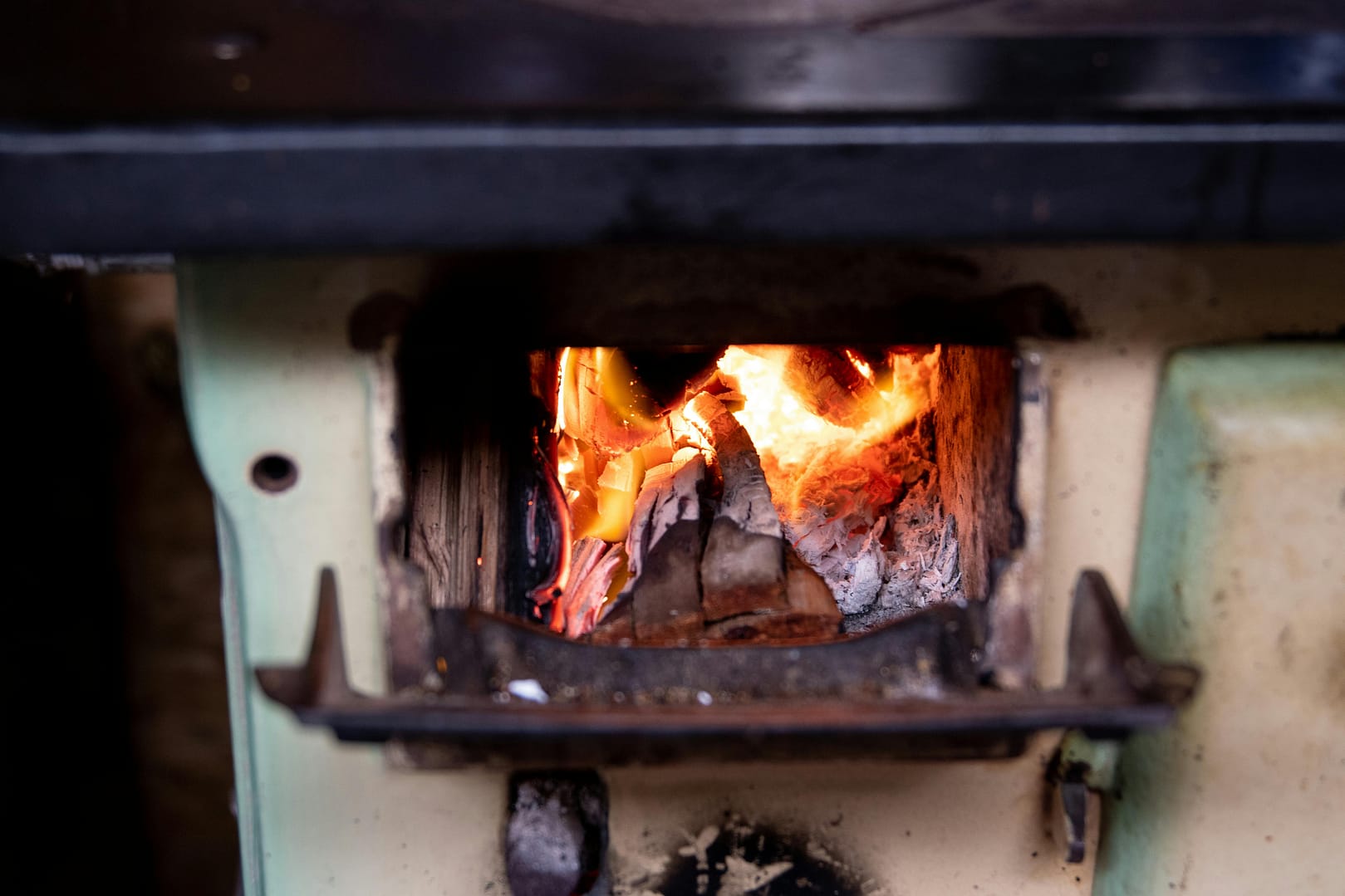
If you decide that replacement is the best route, several benefits come with upgrading to a new furnace:

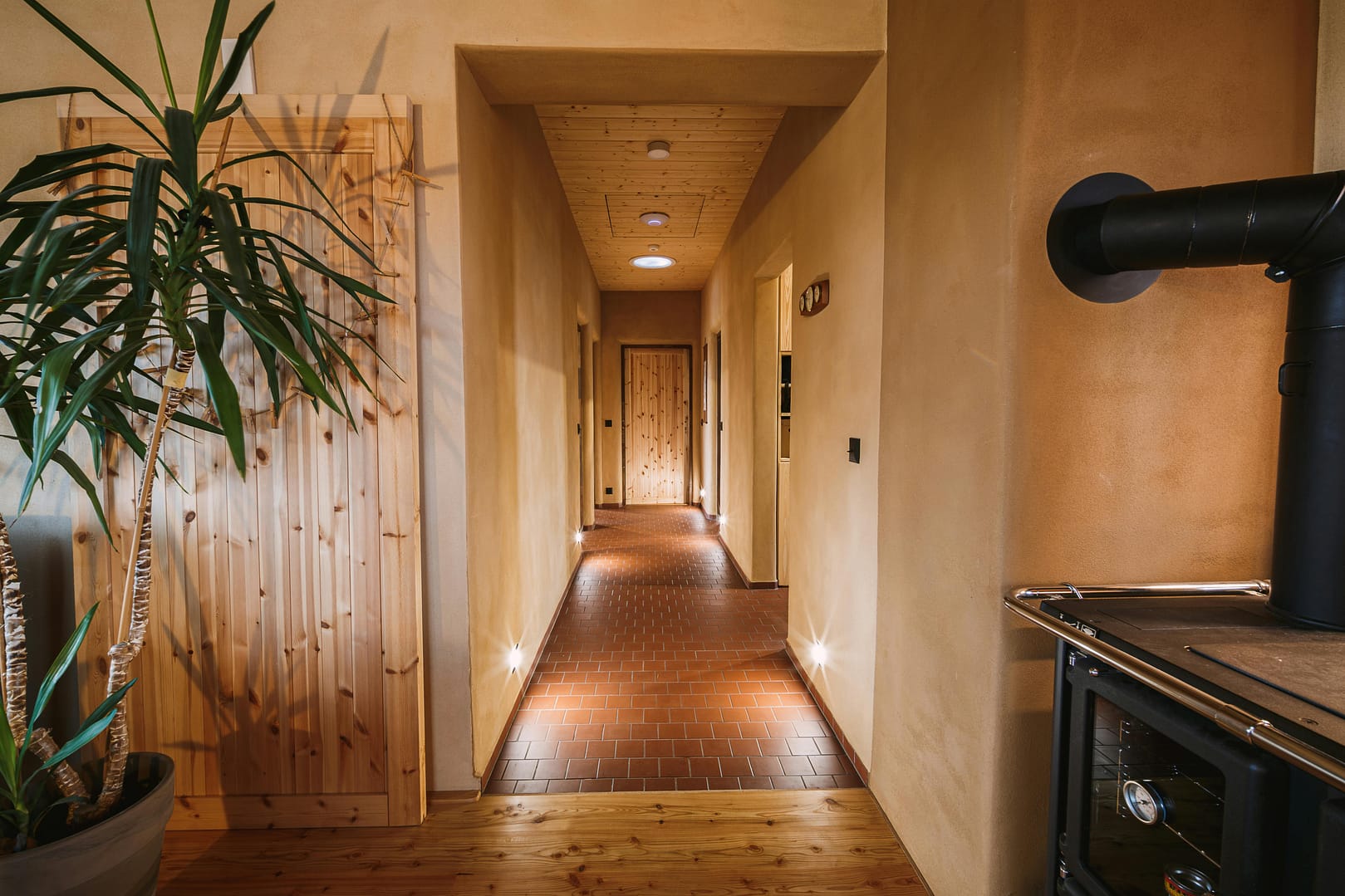
By evaluating your furnace's current condition and considering the long-term benefits of replacement, you can make the best decision for your home and budget.
Remember, investing in a new, energy-efficient furnace can save you money on future repairs and lower your energy costs while ensuring your home remains warm and comfortable for years.